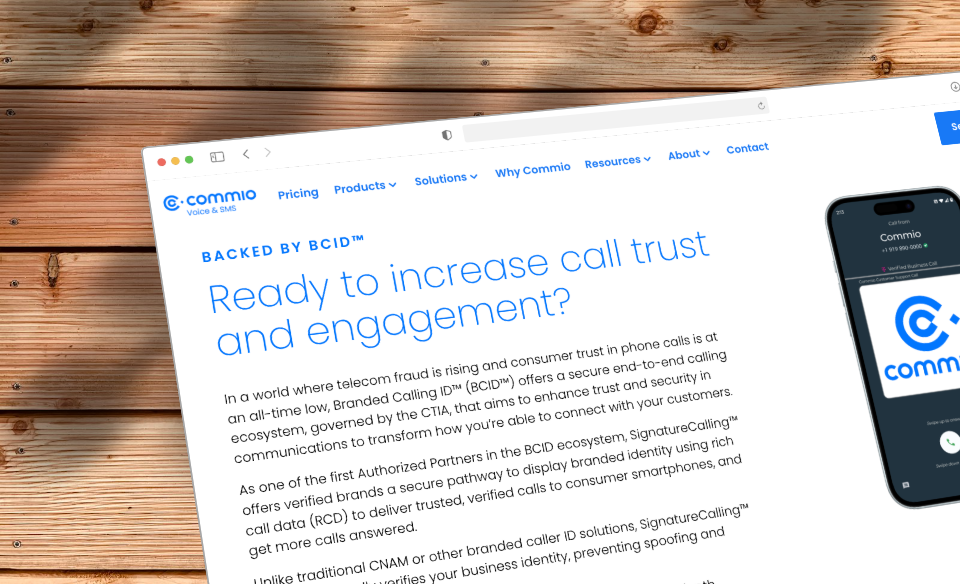It’s quickly becoming apparent that keeping on top of technology with regard to enterprise 911 systems is at least as important as keeping on top of technology in areas that directly relate to a company’s bottom line. Due to liability concerns, it is critical to be up to speed on 911 systems in the event of an emergency situation.
The Particulars of Enhanced 911 (E911)
Automatic Location Identification (ALI) systems provide Public Safety Answering Point (PSAP) representatives with location information relative to 911 calls. Public safety databases contain all ALI records maintained by Local Exchange Carriers (LEC). ALI records contain information pertaining to the relevant phone number, specific location, locality, and customer. Private Switch Automatic Location Identifiers (PS-ALI) are duplicates of ALI databases provided to private organizations for use in location mapping; they also provide more specific location data for emergency responders.
Locations, LECs, and IP Particulars
Fifteen years ago, analog and digital telephones were hard-wired into communications systems with multiple trunks to the LEC. Telephone numbers correlated to the line, rather than to a user or telephone unit as they do today. This is a result of the advent of IP telephones, which correlate to a local area network (LAN) that connects them to the system. This is where the Emergency Response Location (ERL) becomes important. An ERL is associated with ports on LAN switches, and is employed by private branch exchange (PBX) telephones to establish locations in a given area – like a wing or floor of a building, or a fire alarm zone. Based upon the internal network configuration, mobile devices can be moved between access points and continue to map to the appropriate E911 locations.
Cloud-Based E911 and Portability
Companies now offer cloud-based solutions for mapping remote IP users to the appropriate PSAPs. While the number of these offerings is still limited, all provide for the transmission of 911 calls directly to the cloud, which then routes the calls to the appropriate PSAP. These VoIP Positioning Centers (VPCs) are Tier 2 providers who provide management and account administration as well as act as resellers to Tier 1 VPC networks. Emergency Call Routing Centers (ECRC) provide redundancy to the VPC cloud, taking over in the event of a failure of the cloud 911 provider and manually routing calls to PSAPs.
SIP Clients and Mobile 911 Dynamics
In the same way that users once despaired of making 911 calls from mobile devices at all, until very recently, they also knew that if they were not logged into a wireless LAN, they couldn’t rely on proper response through their SIP client. Fortunately, companies that provide E911 cloud services are beginning to address this issue through such means as products that let remote users enter their locations when placing emergency calls. While this doesn’t address those who may be tooling around town in their cars, it is certainly a step in the right direction.
Conclusion
As with many novel business solutions, when deploying E911 in a business communications system it pays to become as tech-savvy as possible. To find out more about cloud-based services and topics such as portability, disaster mitigation, and emergency response solutions including E911, contact Commio today.
















